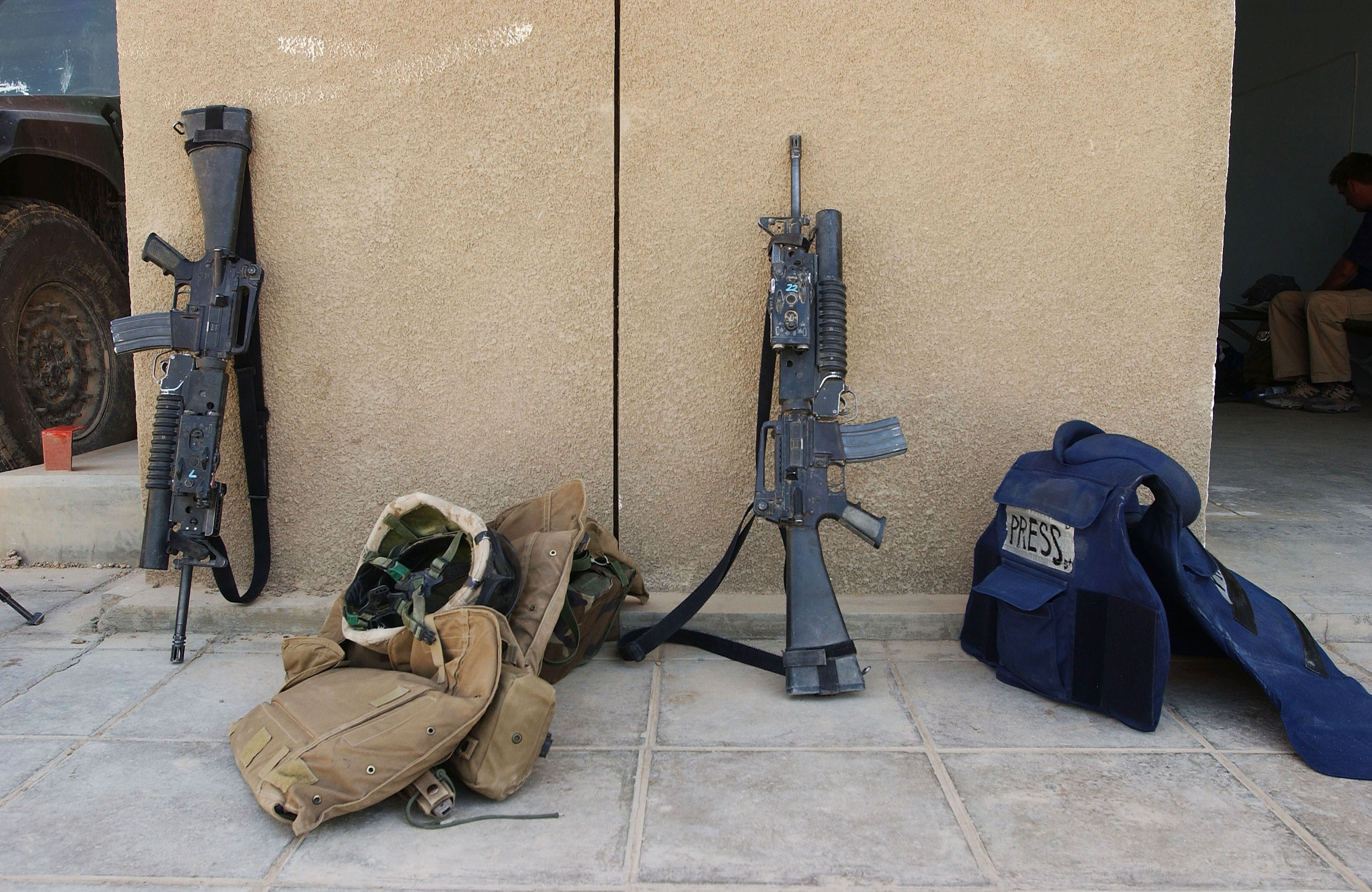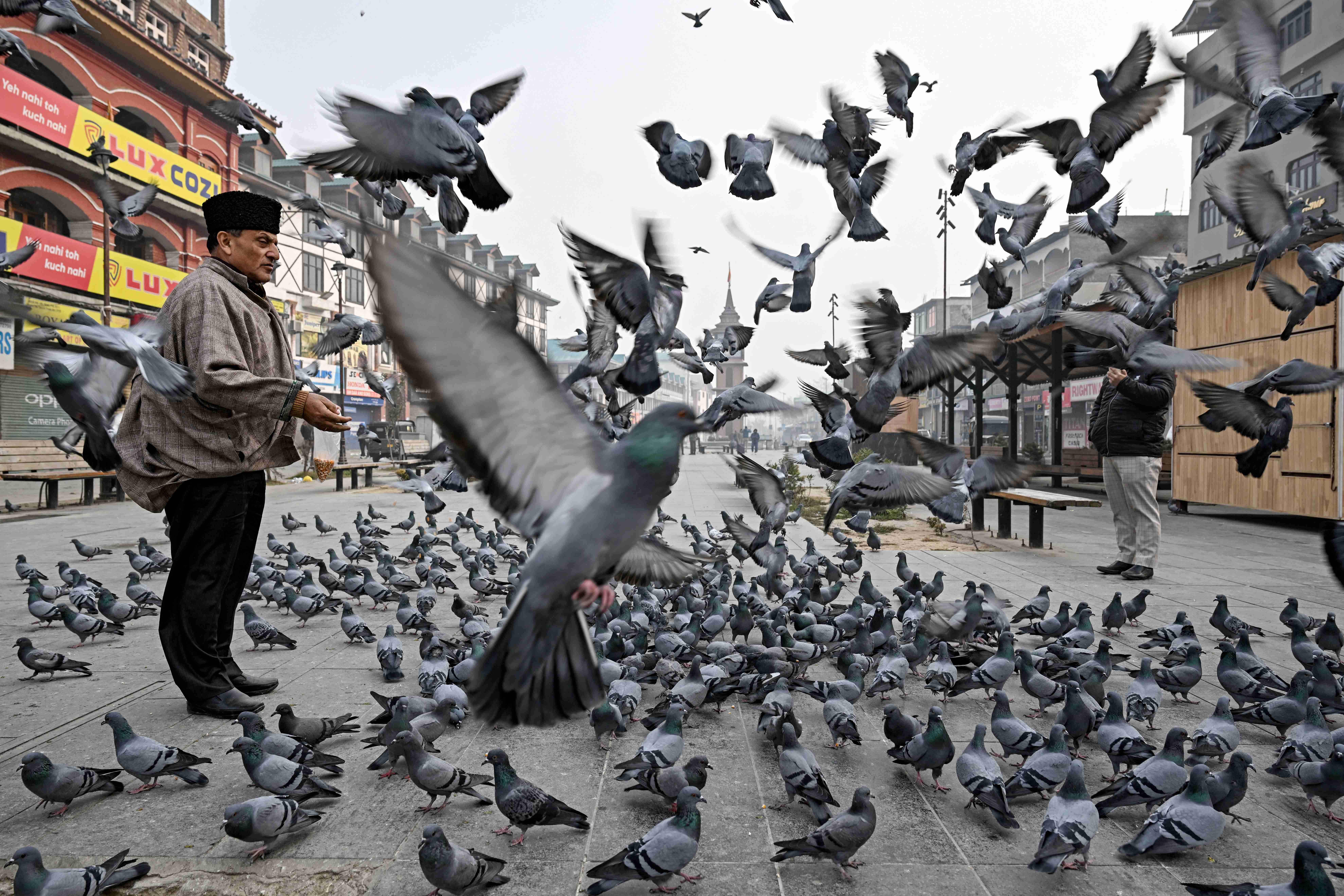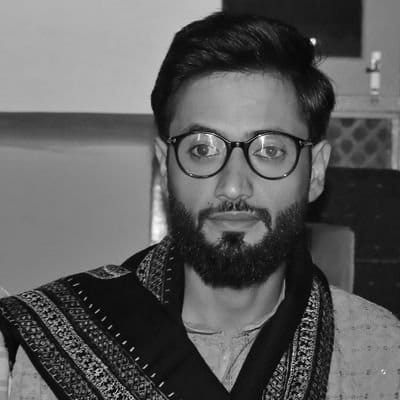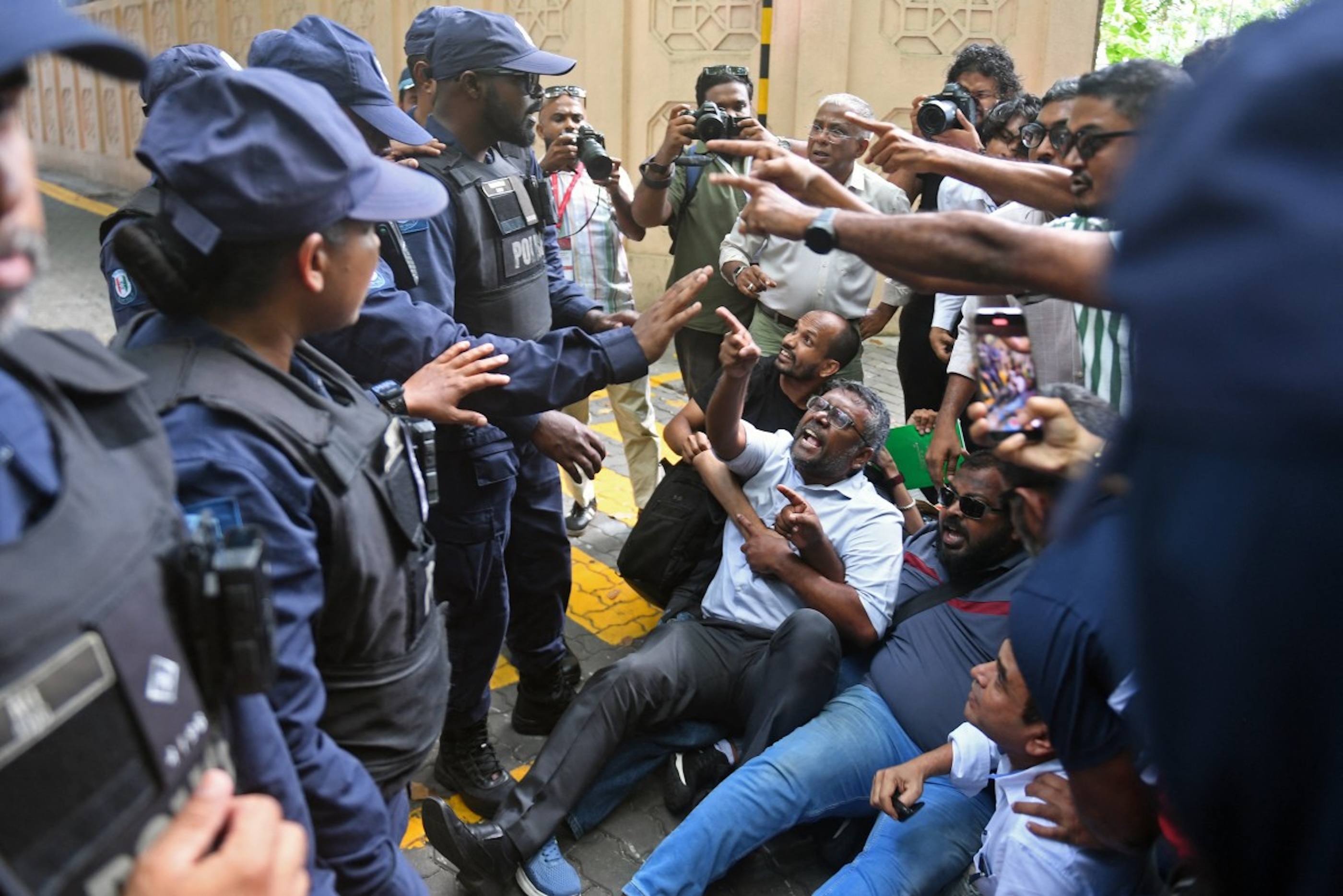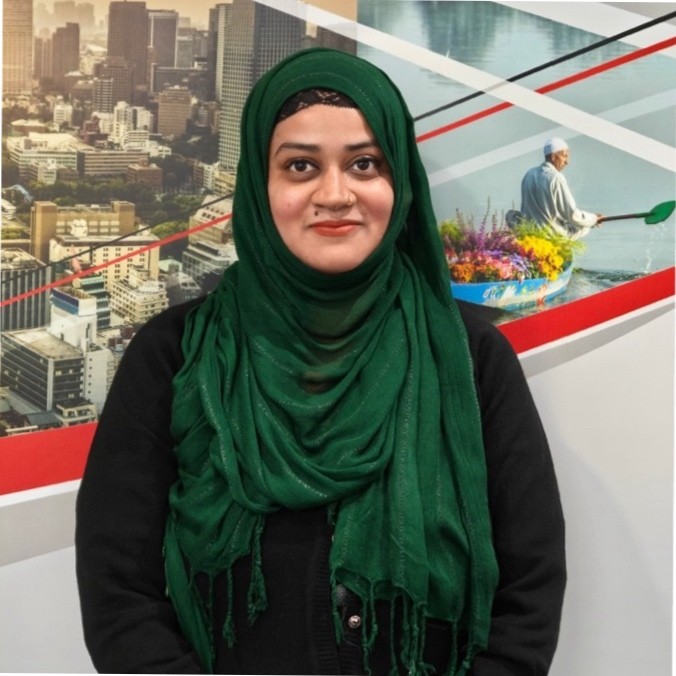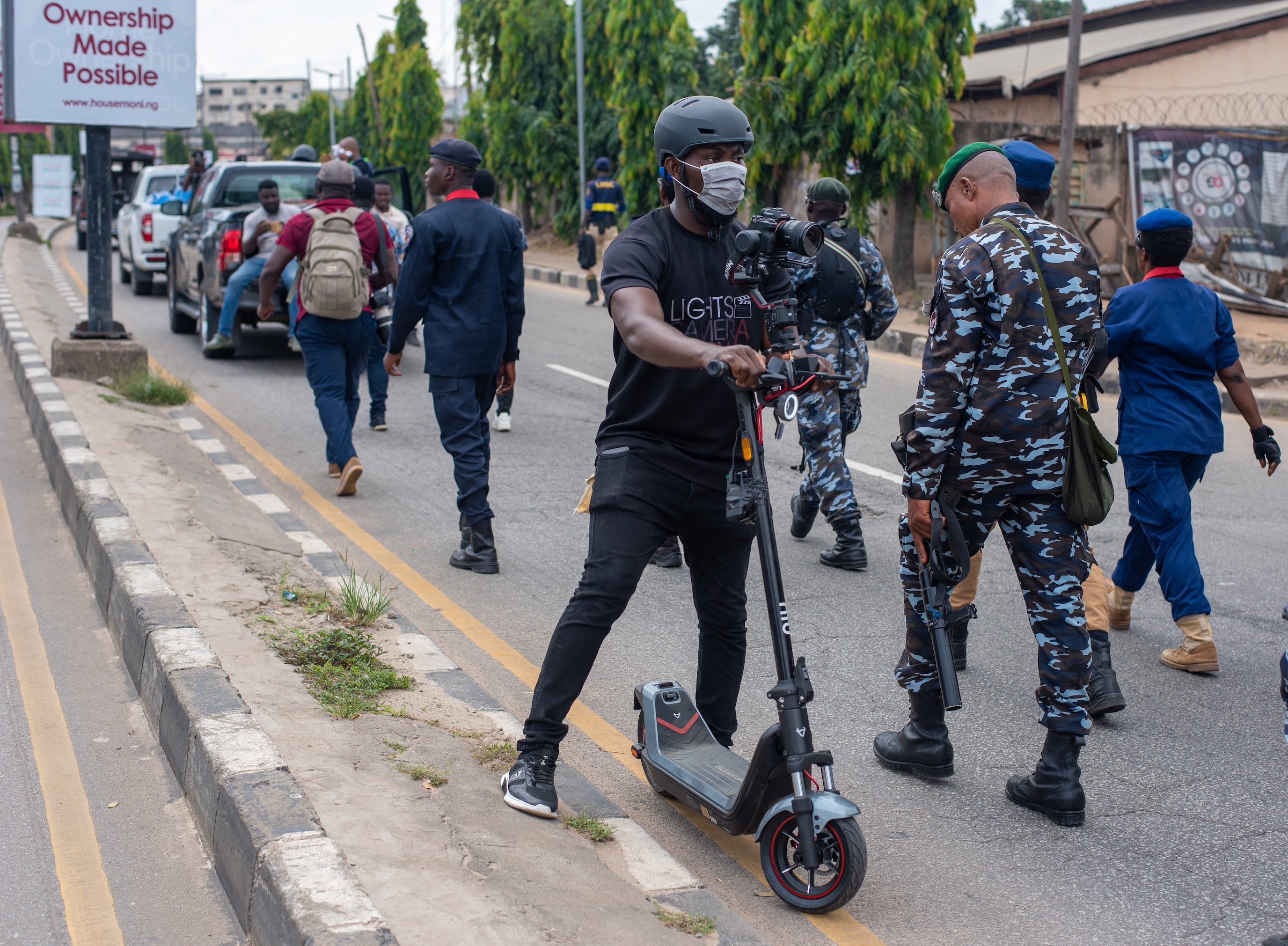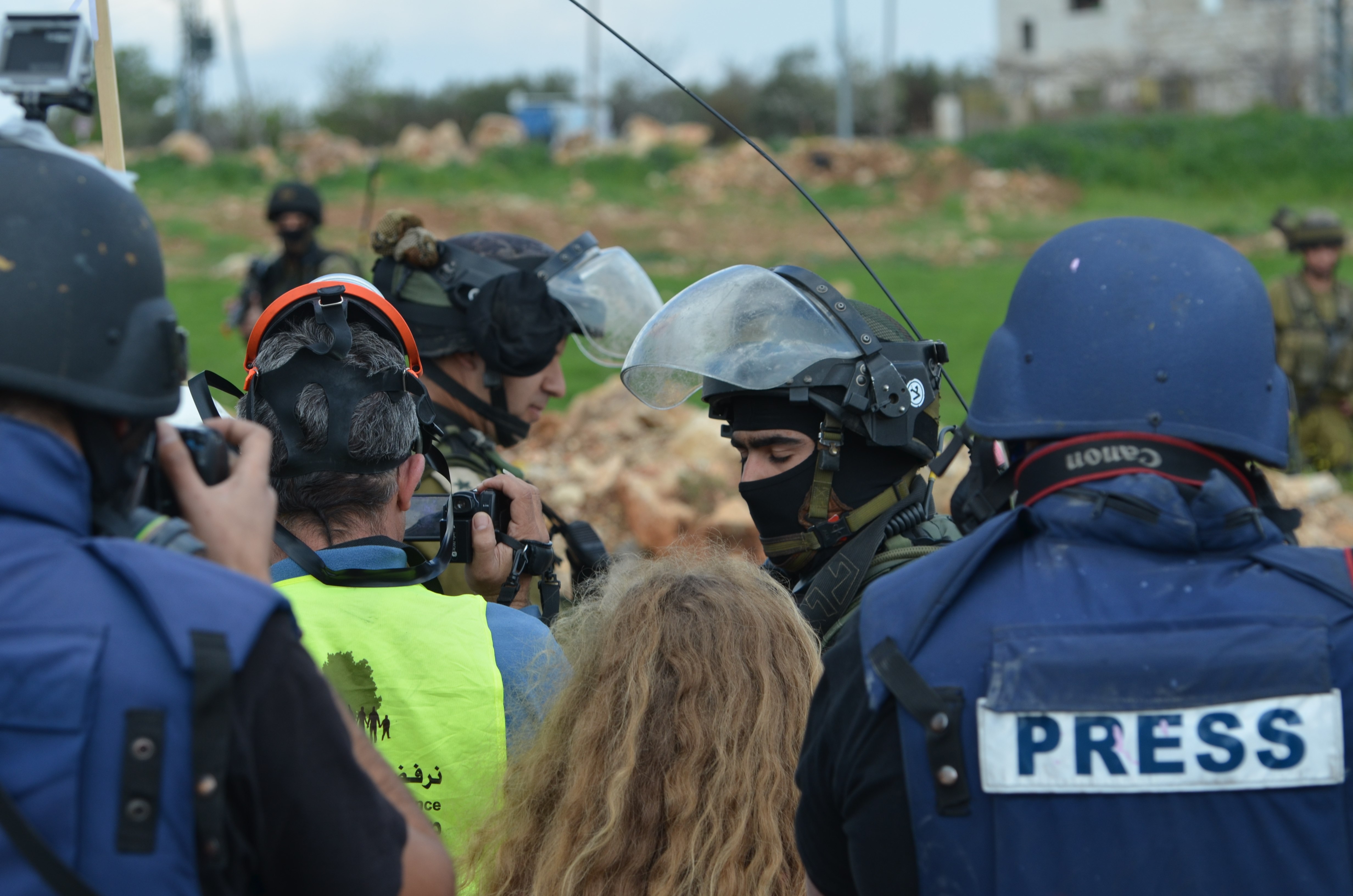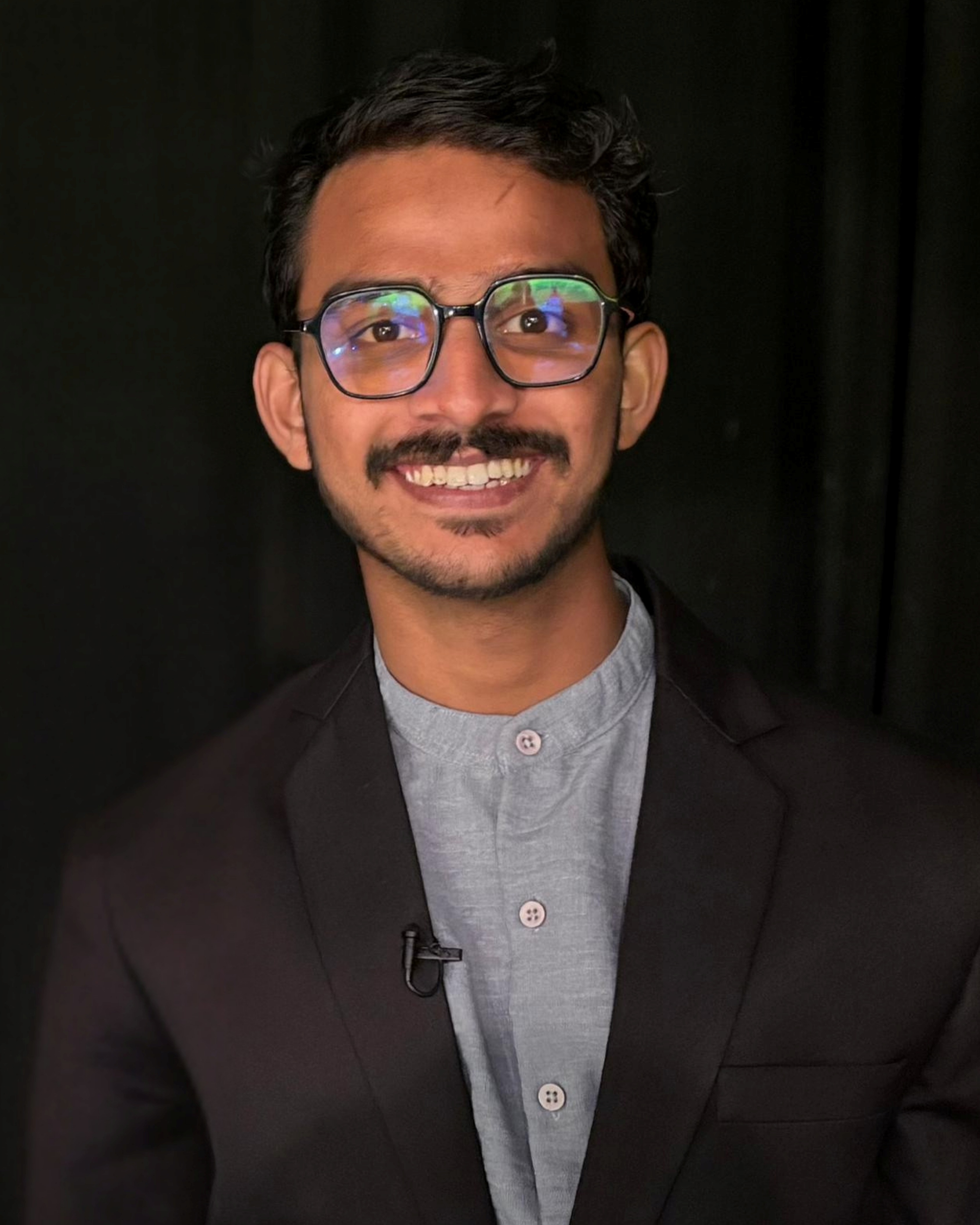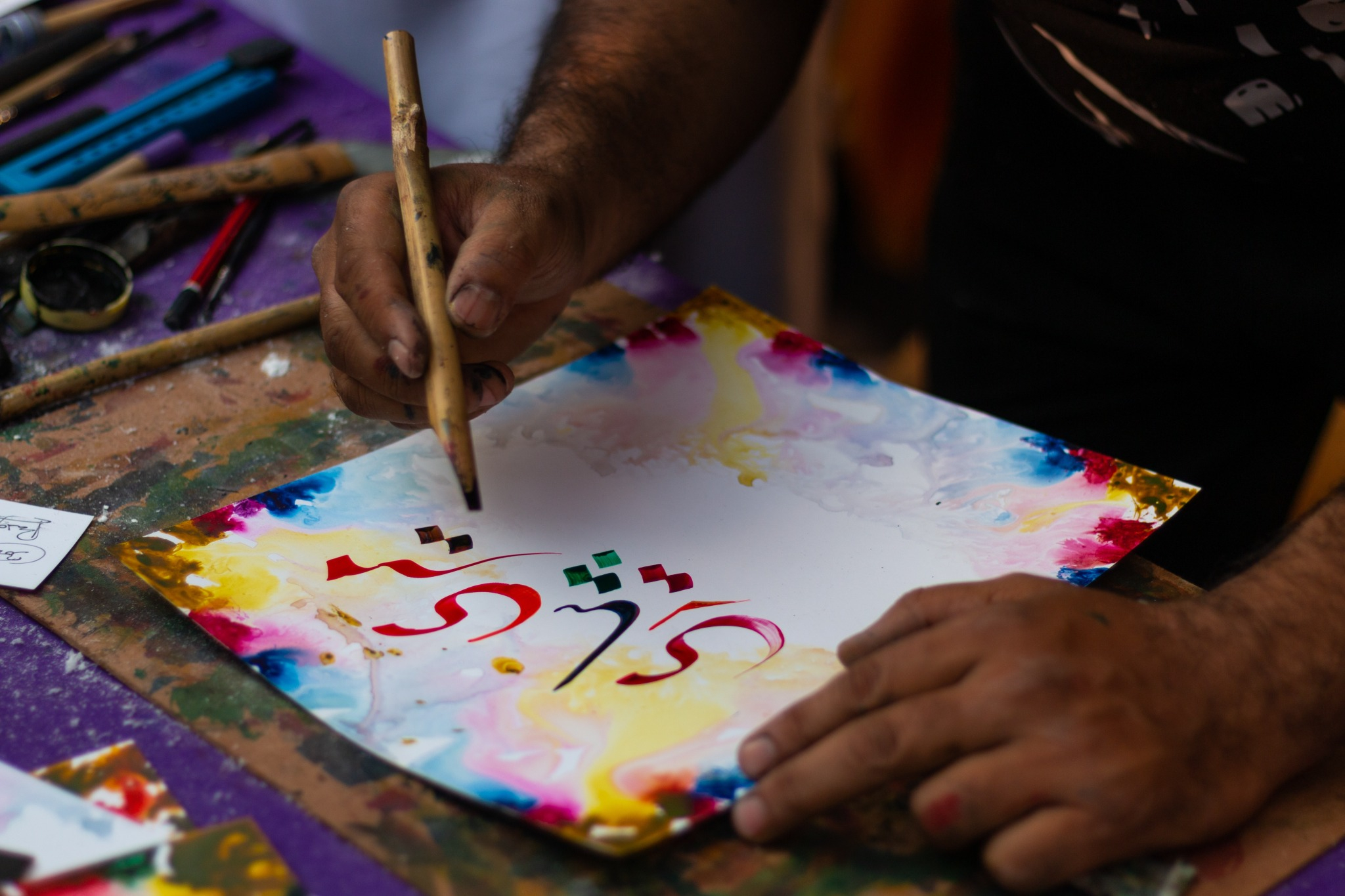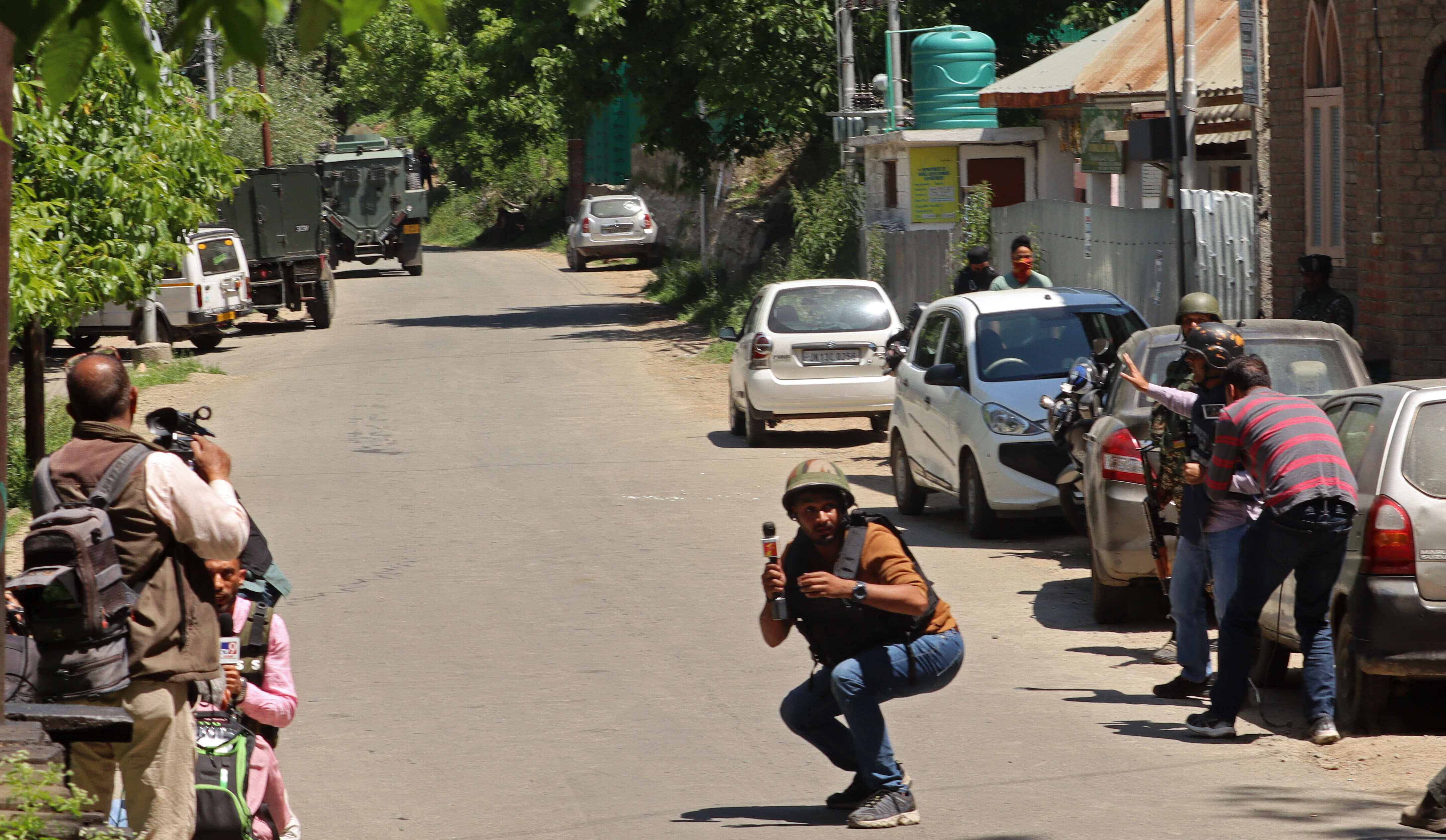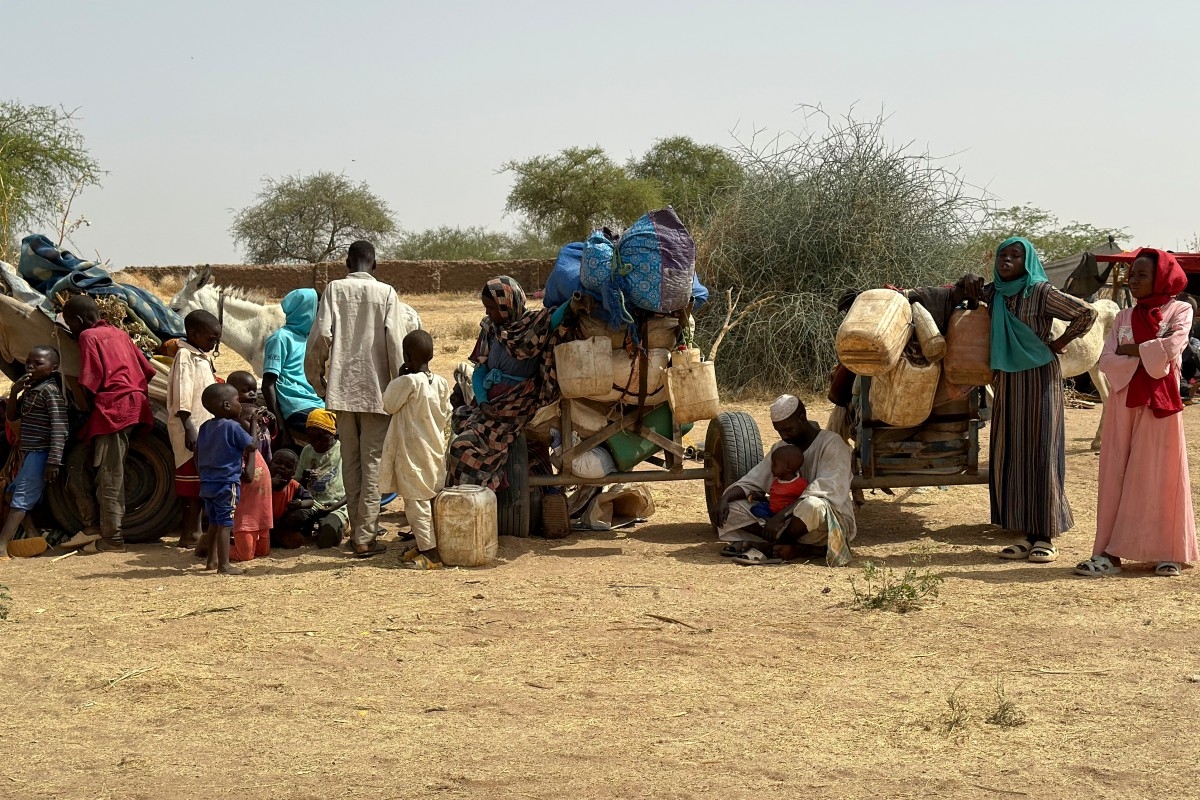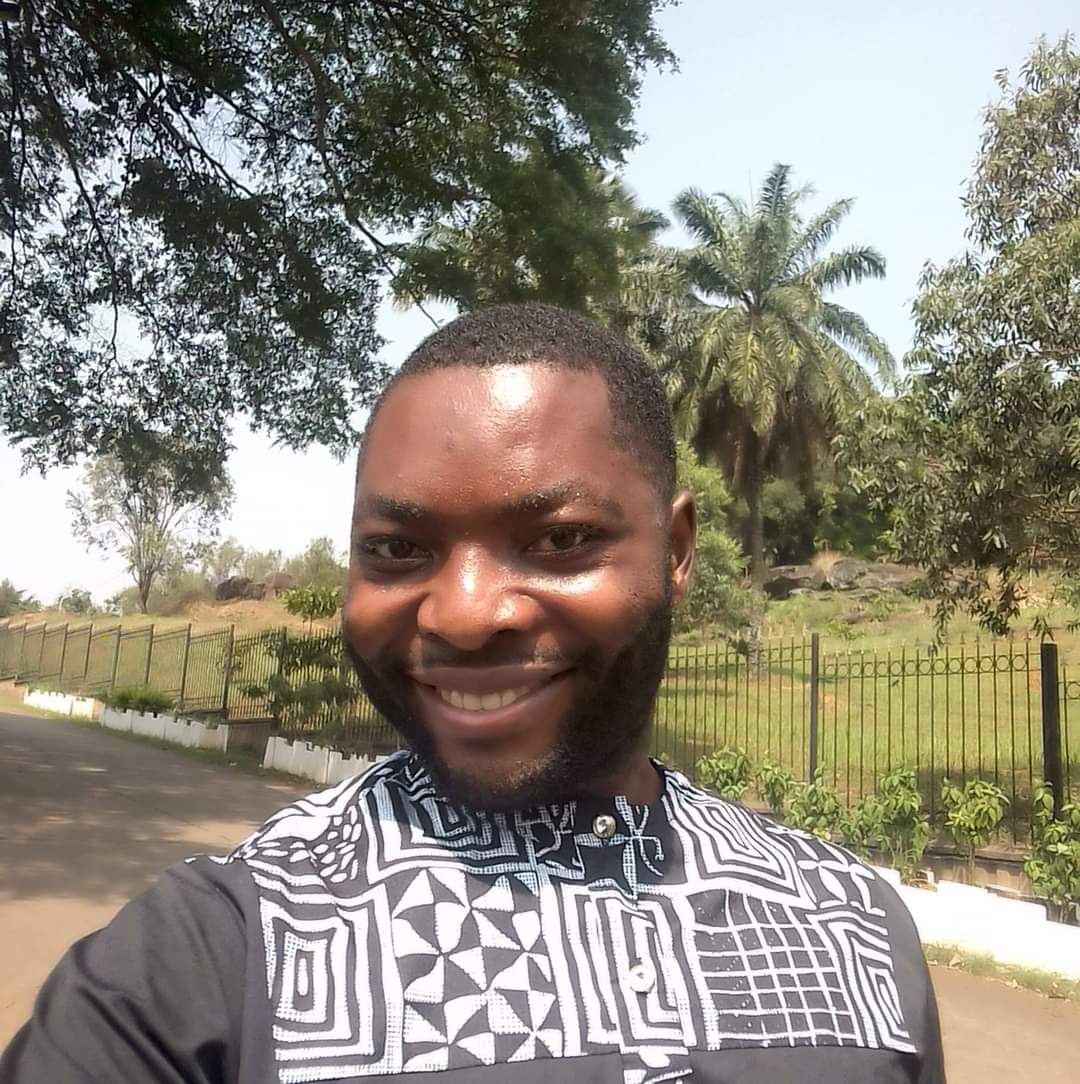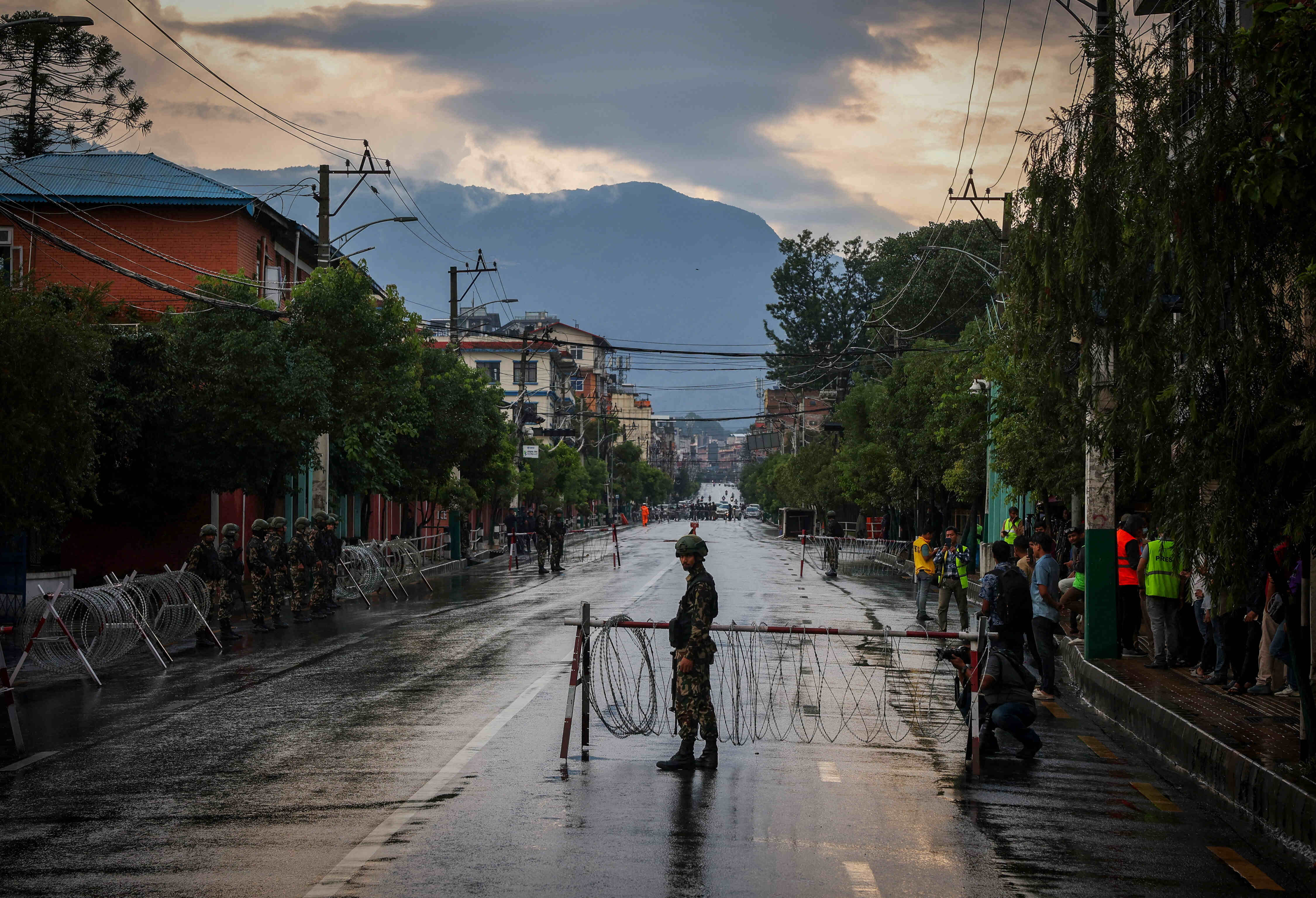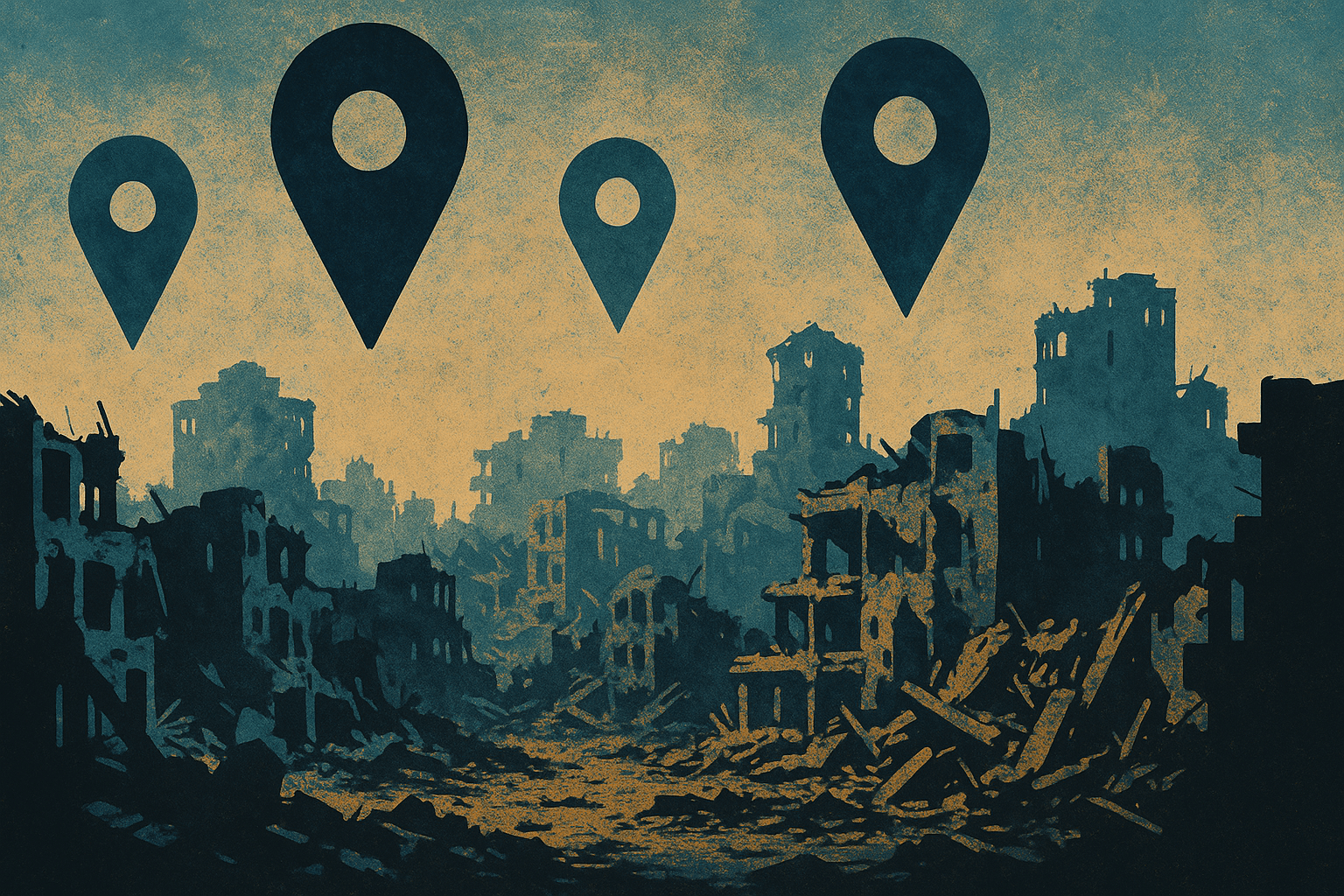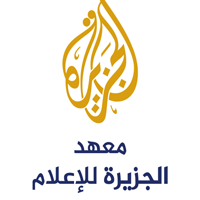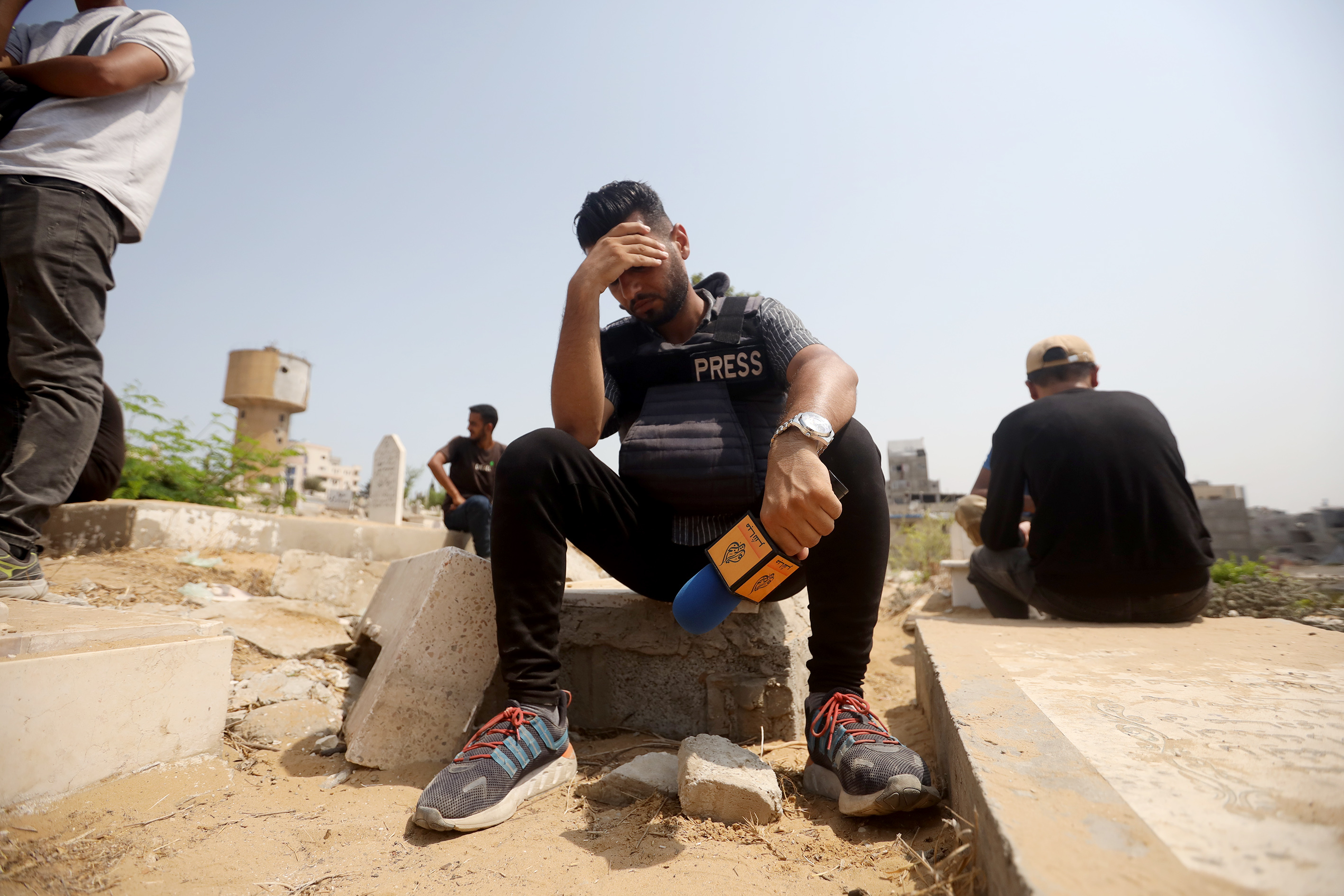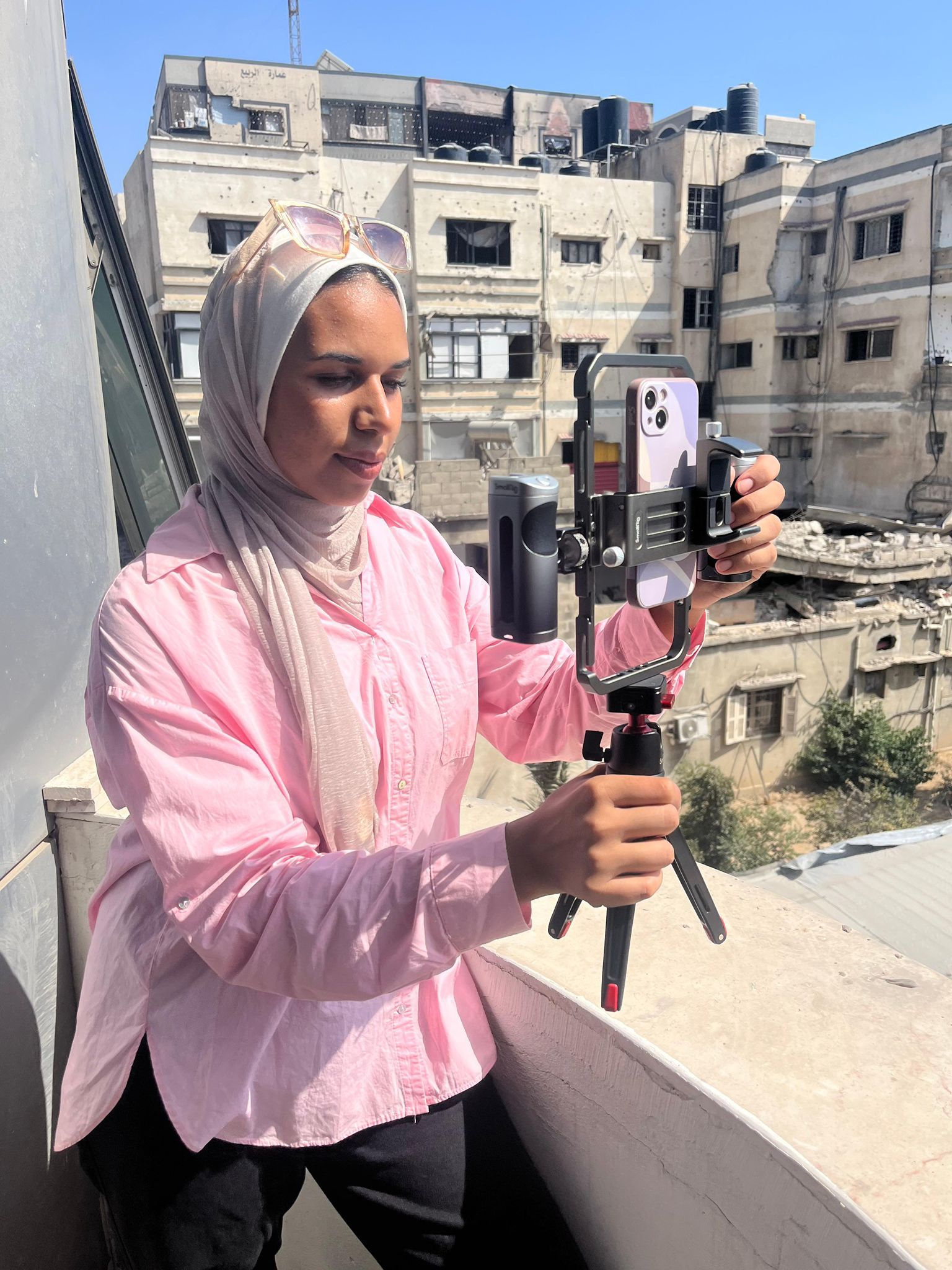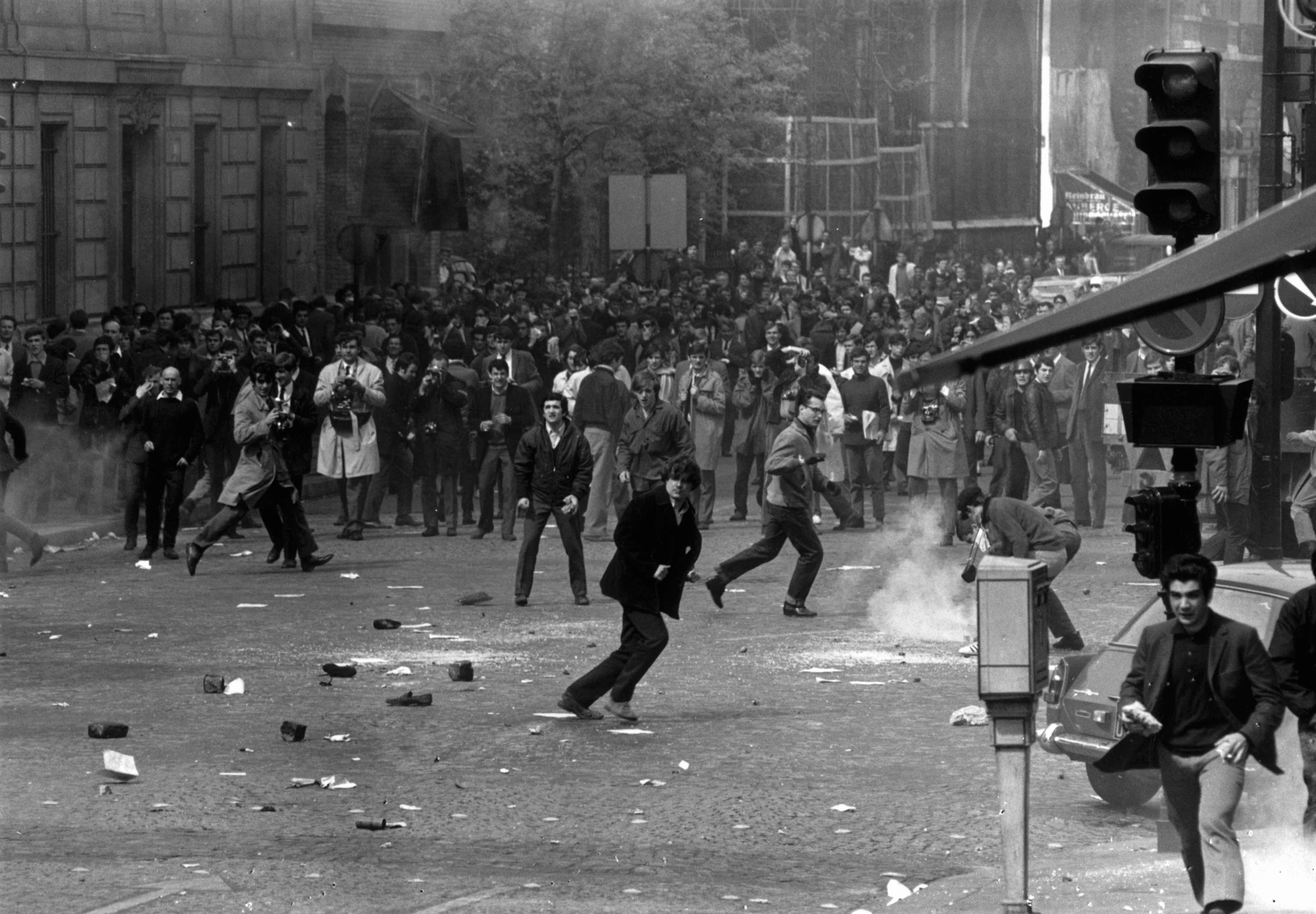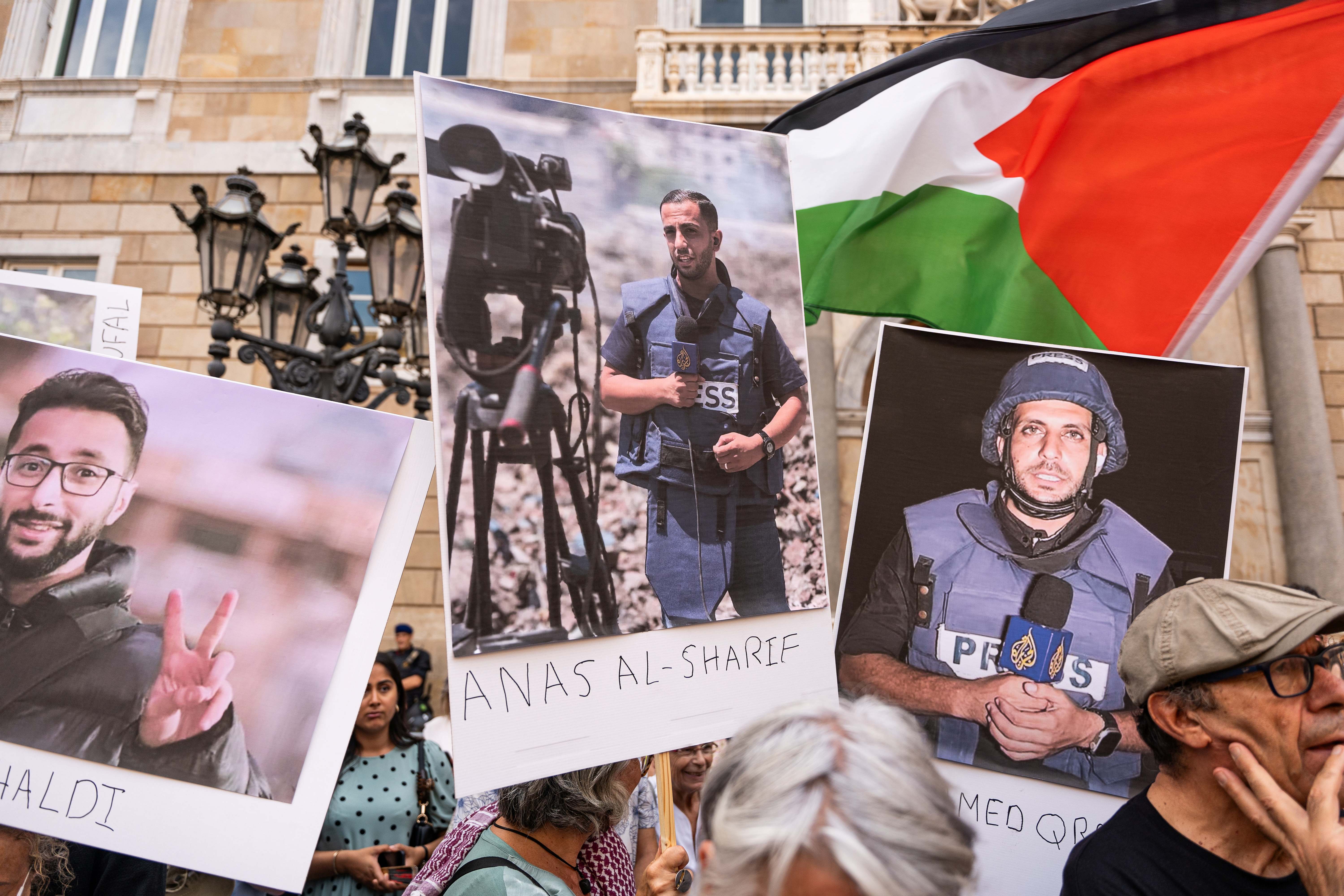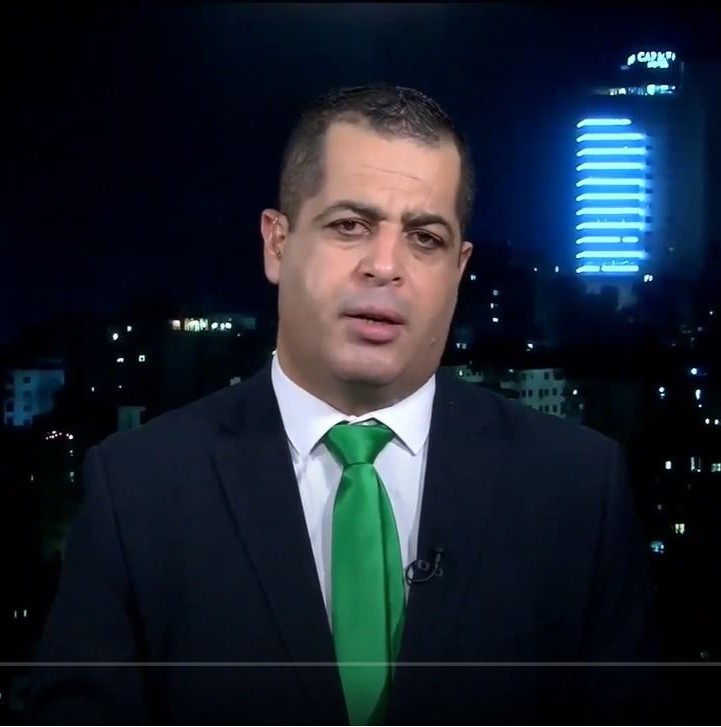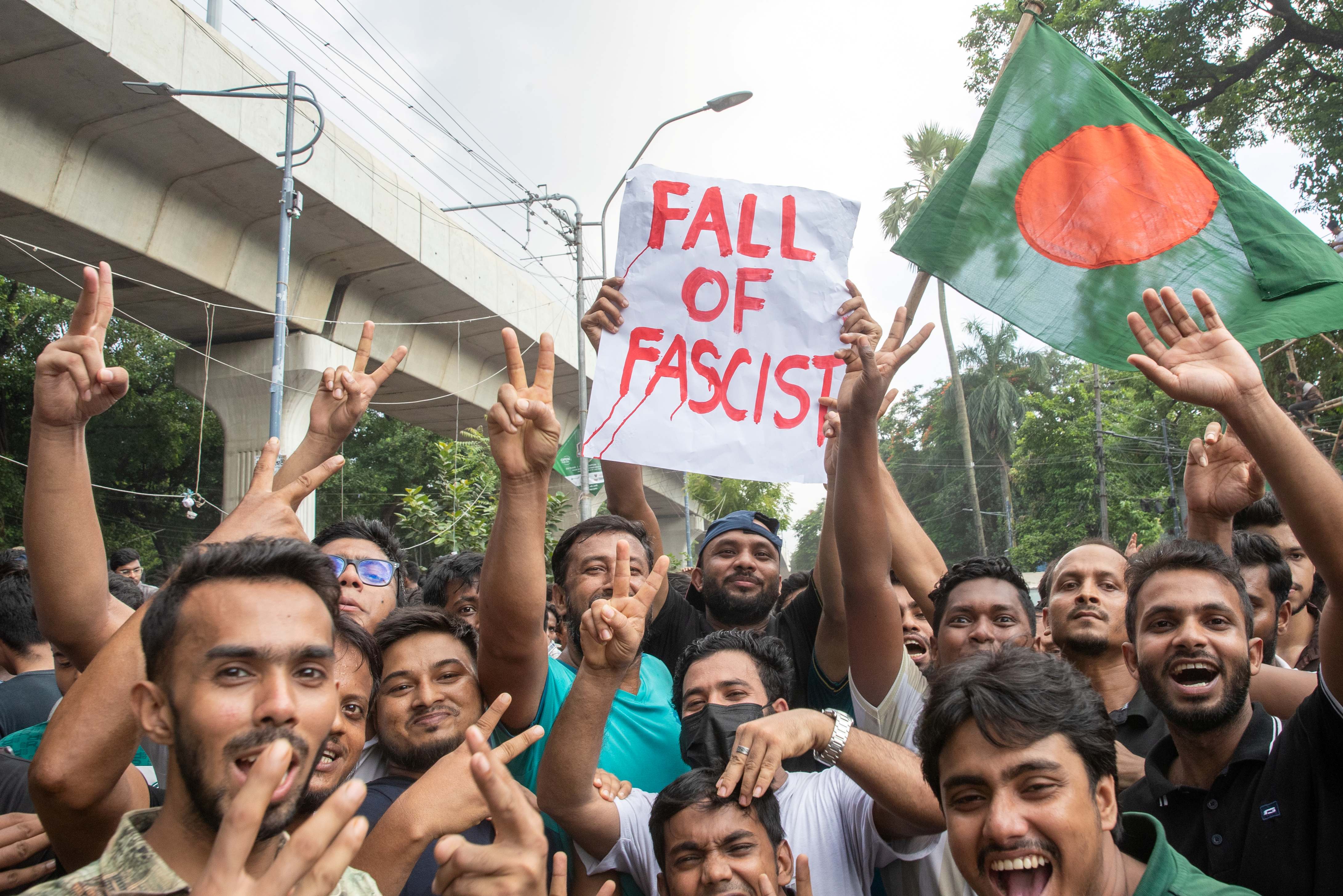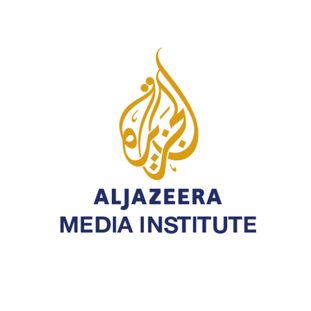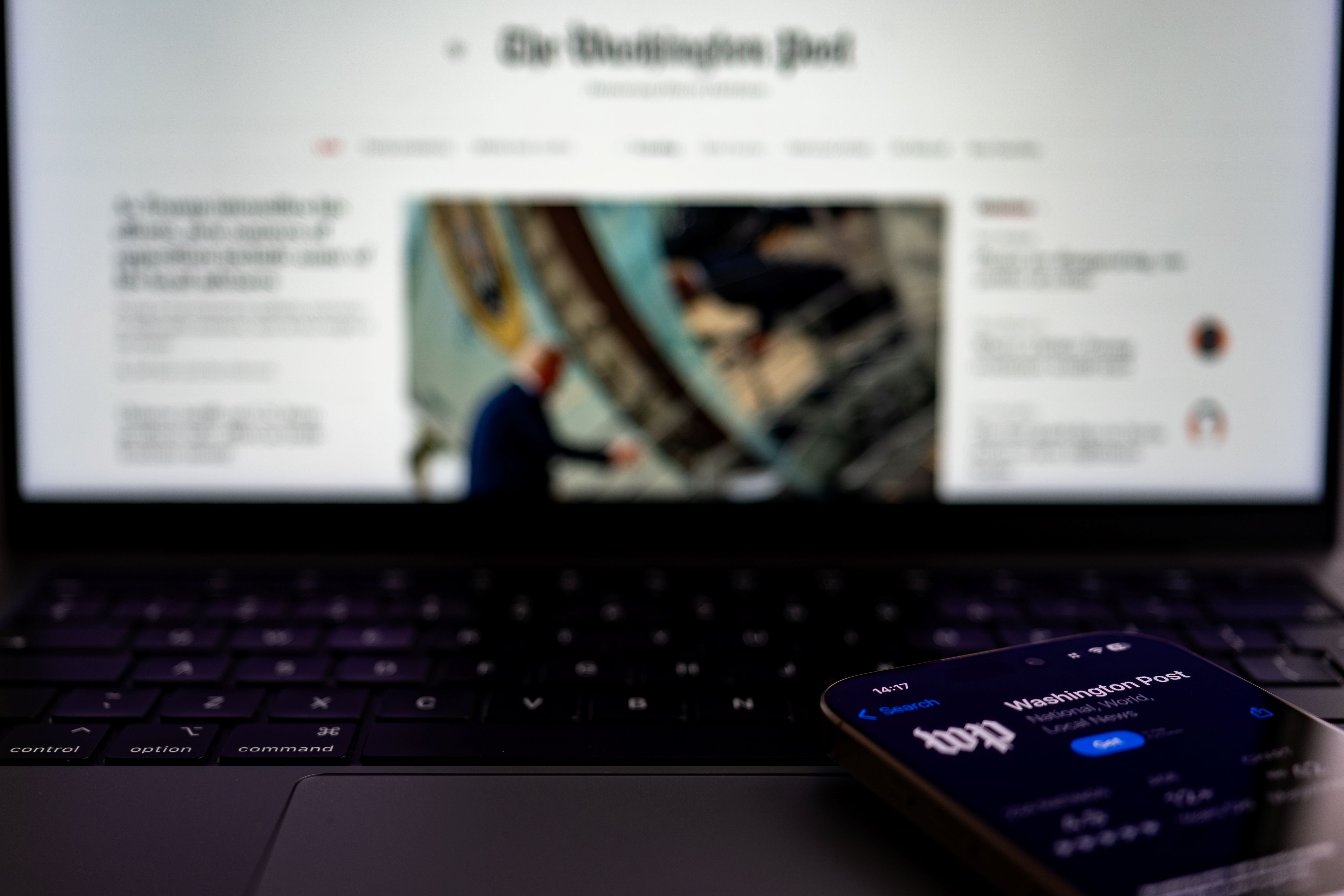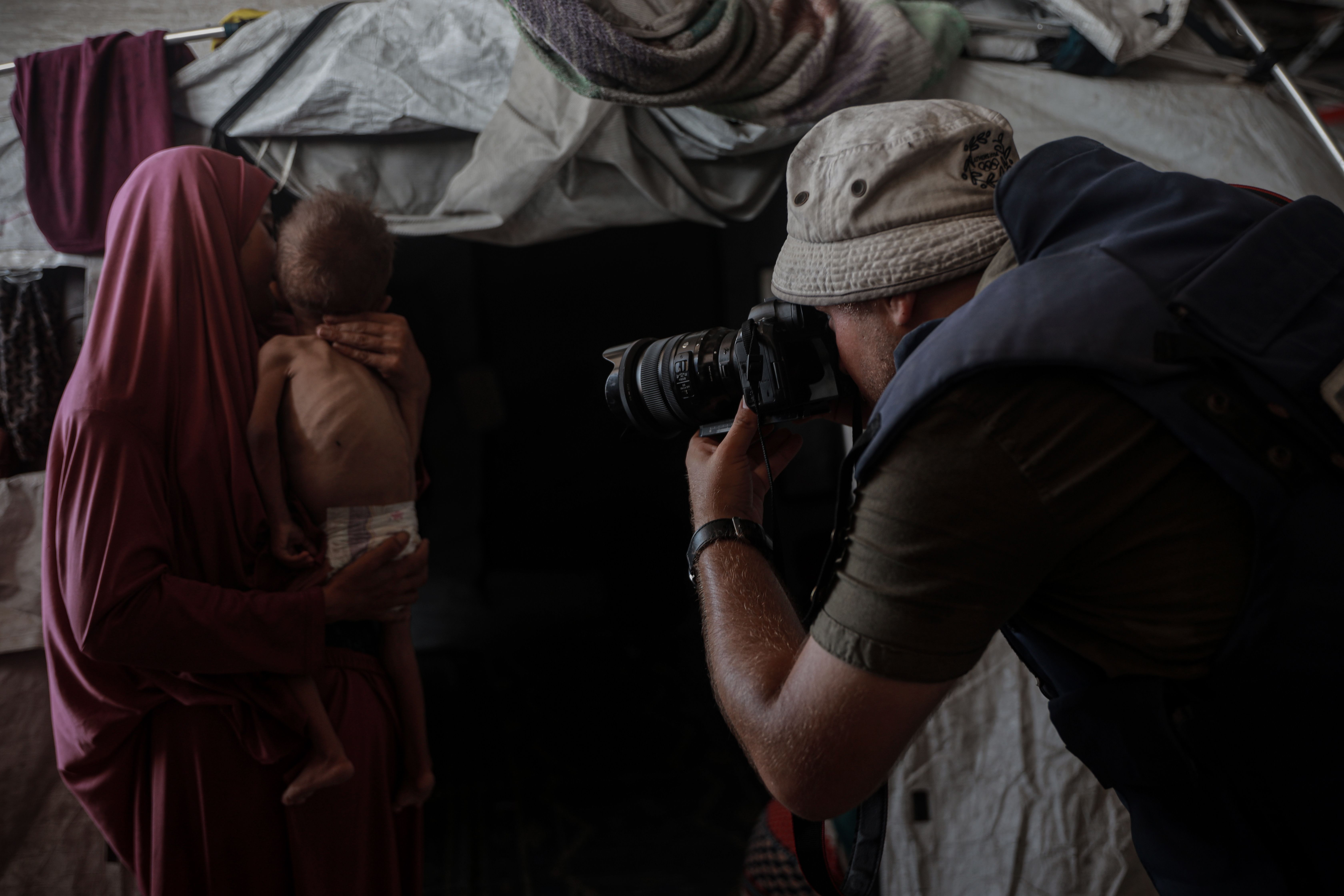في الرابع عشر من مايو/ أيار 1948، أعلن دافيد بن غوريون قيام دولة "إسرائيل" على أرض فلسطين، ليتحول الوجود الصهيوني على الأرض العربية إلى دولةٍ يهودية متكاملة الأذرع والنُظم، لكن إعلان بن غوريون نفسه -الذي يُعرف بالنكبة- لم يكن انطلاقة الإعلام الإسرائيلي، بل إنه انطلق قبلها بـ 29 عامًا على الأقل، (1) من خلال مجموعة صحفٍ من بينها هآرتس ويديعوت أحرونوت وجيروزاليم بوست -وقد كان اسمها Palestine Post- وغيرها، التي صاغت سردًا يمهد لـ"إعلام على مقاس العسكر"، عبر تقاطع جذري بين الكلمة وأداة القوة (الإعلام والجيش) محليًا وغربيًا، وتاليًا عربيًا.
من هذا التقاطع الذي ازداد وضوحًا مع حرب الإبادة الإسرائيلية على قطاع غزة، تنطلق السطور التالية في تقصي جذور الإعلام العسكري الإسرائيلي منذ النكبة، عبر تتبّع نشأة منصب المراسل العسكري وأدواره خلال الحروب، وتحول هذا الدور إلى نموذج عالمي في الصحافة المدمجة "استُنسخ" غربيًا بدايةً من حرب العراق 2003 وحتى الحرب الروسية على أوكرانيا سنة 2022، متتبعًا القالب العسكري الإسرائيلي في بناء الرواية وصياغة الخبر الحربي.
جُندي برتبة مراسل
بالتزامن مع تنامي الهجرة اليهودية إلى فلسطين والمساهمة الصهيونية في كتائب الاستعمار البريطاني (الكتائب 38، 39، 40)، ظهرت جُملة صحفٍ ناطقة بالعبرية تنقل إلى جمهورها أخبار هذه الكتائب ومساهمتها في الاحتلال البريطاني، كان من بينها صحيفة هآرتس التي يصدرها مُنَظِّر الجدار الحديدي زئيف جابوتنسكي، بتغطيته دخول الكتيبتين 38 و39 والفيلق اليهودي إلى الجزء الجنوبي من فلسطين، ثُم السيطرة على معابر نهر الأردن والمناطق المحيطة.
وفيما وازنت هآرتس بين السياسي والعسكري، جاءت صحيفة يديعوت أحرونوت لتضيء منذ يومها الأول على العمليات الحربية والعسكرية لكلٍ من العصابات الصهيونية وسلطات الانتداب البريطاني بحق العرب الفلسطينيين، فحمل عددها الأول نهاية الثلاثينيات عنوانَ "البريطانيون يشنون هجومًا على الجبهة الغربية"، (2) قبل أن ينفرد اليهودي الأوكراني جوزيف تامير بلقب "المراسل العسكري" لكلٍ من هآرتس ويديعوت أحرونوت ومعاريف وهابوكر ودفار وفلسطين بوست، من الأعوام 1935 حتى نهاية العام الأول من النكبة مُغطيًا عمليات الهاجاناه وإعلان الدولة وأحداث حرب 1948 بأسلوبٍ احترافي.
أما على المستوى الرسمي، فعشية إعلان دافيد بن غوريون عن دولته، عيّن صديقه الكاتب اليهودي الإنجليزي الأصل موريس بيرلمان -عُرف لاحقًا باسم موشيه بيرلمان - المتحدثَ باسم الهاجاناه حينها،(3) عيّنه مديرًا لوحدة "الاتصال الصحفي" قبل أن يتطور المنصب لاحقًا للمتحدث العسكري باسم الجيش الإسرائيلي، ويؤسس بيرلمان أول مكتب صحافة حكومي إسرائيلي، ويؤدي دورًا تأسيسيًا في المنظومة الإعلامية الرسمية، مضطلعًا بتهذيب خطابات بن غوريون باللغة الإنجليزية وتجويدها بما يناسب الطبيعة الغربية لجمهور الولايات المتحدة وبريطانيا.
تقاطع العسكر بالإعلام الذي بدأ على يد جابوتنسكي ثم أصبح مهنةً احترافية بقلم جوزيف تامير، قبل أن يتحول إلى مهمة إعلامية رسمية تتحكم بالمقروء والمسموع، هذا التقاطع تحوّرَ مع حرب الأيام الستة إلى نموذجٍ طبيعي للإسرائيلي الذي بإمكانه رفد ميدانه المهني والعسكري في مهمةٍ واحدة، فرغم تجاوز بيرلمان عمر الشباب إبان النكسة إلا أنه خدم في الجيش بالتوازي مع دوره متحدثا رسميا باسمه، كما فعل العشرات من الصحفيين الإسرائيليين مثل زئيف شيف، وجدعون شوكن الذي حصل على منصب رائد خلال خدمته في عصابات الهاجاناه، ثُمّ منصب لواء في جيش الاحتلال الإسرائيلي.
عشية إعلان دافيد بن غوريون عن دولته، عيّن صديقه الكاتب اليهودي الإنجليزي الأصل موريس بيرلمان المتحدثَ باسم الهاجاناه حينها، مديرًا لوحدة "الاتصال الصحفي" قبل أن يتطور المنصب لاحقًا للمتحدث العسكري باسم الجيش الإسرائيلي.
هناك أيضًا داني روبنشتاين الذي خدم جنديًا في الكتيبة الأولى التي احتلت الضفة الغربية عام 1967، ثم شغل منصب محلل الشؤون العربية في هآرتس، ورافائيل أمير مراسل صوت إسرائيل. وميرون مدزيني مدير الصحافة الحكومية والمتحدث السابق باسم رئيسة الحكومة غولدا مائير. وكارييل غاردوش الصحفي الذي وثق حرب النكسة من خلال رسوماته الكرتونية لشخصية "سروليك" الجندي المدجج الذي يحقق انتصارات سريعة خلال النكسة، وغيرهم الكثير.
وفي الواقع فإن ترسخ موقع المراسل العسكري خلال حرب عام 1967، لم يكن عشوائيًا بل جاء نتيجة مزاوجة بين الرقابة والتعبئة وتوحيد الرواية ثُم تدويلها، فقد تم التحكم فيما يمكن نقله ونشره عبر الرقابة العسكرية فيما اتسع المدى الجغرافي لما يقدمه المراسلون العسكريون عبر وحدة الناطق باسم الجيش، وأسبغ عليها الطابع القانوني عبر منظومة إعلامٍ مستقل تتبع الجيش وتدعمه مثل إذاعة الجيش ومجلاته، وهو ما حوّل عمل المراسل من ناقلٍ وسيط للمعلومات مُدمجٍ داخل مؤسسة الدولة إلى ناطق باسمها.
مُراسلٌ يحمل قذيفة: من حرب لبنان إلى حرب غزة
أما التحول من ناطق إلى وجهٍ دولي للرواية الأمنية الإسرائيلية، فقد اتخذ بُعده الأول باجتياح لبنان سنة 1982، حين ظهرت النسخة الإسرائيلية الأولى من "المراسل المرافق للوحدات العسكرية" أو ما عُرف لاحقًا باسم Embedded Journalist، عبر جيلٍ من المراسلين العسكريين الذين ترسخت مكانتهم محليًا ودوليًا، كمُحللِّي الأمن أو خبراء في شؤون الجيش والشؤون العسكرية، كان من أبرزهم: إيتان هابر، ورام أورن، وآدم باروخ، وأوري دان الصحفي المقرب من أرئيل شارون، وزئيف شيف الذي نُشرت تغطيته في صحفٍ أوروبية وأمريكية بصفته محللًا ومراسلًا عسكريًا يجمع بين الصحافة والعلاقة المتينة مع الجيش، وموشيه فيردي الذي نقل مجريات معركة بيروت وتفاصيل عمليات المقاومة الفلسطينية إلى وسائل إعلام دولية.
ترسخ موقع المراسل العسكري خلال حرب عام 1967، لم يكن عشوائيًا بل جاء نتيجة مزاوجة بين الرقابة والتعبئة وتوحيد الرواية ثُم تدويلها، فقد تم التحكم فيما يمكن نقله ونشره عبر الرقابة العسكرية فيما اتسع المدى الجغرافي لما يقدمه المراسلون العسكريون عبر وحدة الناطق باسم الجيش.
هناك أيضًا روني دانيال الذي أجرى مقابلات مع كبار ضباط الجيش ووفر للقناة الإسرائيلية الثانية -القناة 12 لاحقًا- تغطية متتابعة للعمليات العسكرية، ورون بين يشي الذي تنقل بين الأزقة مبرزًا تأثير الحصار الإسرائيلي على سُكان بيروت، وعمليات الجيش في المناطق الحدودية.
التقاطع والشراكة بين الإعلام والعسكر، أهل مراسلي وصحفيي حرب لبنان لاحقًا لتصدُّر موقعِ كُتاب ومؤرخي حرب لبنان 1982على مستوى دولي وإقليمي؛ وذلك نتيجة تماسهم المباشر مع الأحداث الميدانية وانخراطهم مع وحدات الجيش في الخطوط الأمامية، وقدرتهم على تفسير القرارات العسكرية والسياسية، وما أُتيح لهم من صلاحيات استثنائية للوصول إلى المعلومات الميدانية من خرائط وخطط وتقييمات.
لقد استطاع عددٌ منهم تقديم سردٍ إعلامي موثق بالصور والخرائط عن واقع الحرب وأسرارها العسكرية والميدانية، ناهيك أن قربهم العسكري من كبار الضباط -نتيجة خدمتهم في وحدات الجيش- وفر لهم الوصول إلى شهادات ومقابلات غنية بالتفاصيل، فأصبح المراسل العسكري محللًا ومؤرخًا وشاهدًا على لحظة تاريخية، مثل كتاب "حرب لبنان الإسرائيلية: حرب الخداع" لزئيف شيف الذي أضحى مرجعًا أكاديميًا وإعلاميًا هامًا للباحثين، وكتابه الآخر "حرب لبنان 1982" مع إيهود يعاري، وهُناك أيضًا "حرب لبنان: حسابات شخصية وتحليلية" للصحفي رون بن يشاي الذي كان من أوائل الصحفيين الإسرائيليين الذين دخلوا صبرا وشاتيلا بعد المذبحة، وجمع تجاربه الميدانية عن العمليات والوحدات العسكرية والمعارك في لبنان خلال الاجتياح.
التقاطع والشراكة بين الإعلام والعسكر، أهل مراسلي وصحفيي حرب لبنان لاحقًا لتصدُّر موقعِ كُتاب ومؤرخي حرب لبنان 1982على مستوى دولي وإقليمي؛ نتيجة تماسهم المباشر مع الأحداث الميدانية وانخراطهم مع وحدات الجيش في الخطوط الأمامية، وقدرتهم على تفسير القرارات العسكرية والسياسية، وما أُتيح لهم من صلاحيات استثنائية للوصول إلى المعلومات الميدانية من خرائط وخطط وتقييمات.
جاء التتويج العملي للعلاقة بين العسكر والإعلام مع الحرب الإسرائيلية على غزة 2014، حين تعاظم توجيه الوصول الميداني عبر الناطق العسكري والرقابة في جولات صحفية محدَّدة للطواقم الصحفية برفقة وحدات من الجيش على حدود غزة وداخلها، واستُبقت إصداراتها الإعلامية بقيود رقابية على التفاصيل العملياتية، وهو ما حول المراسل إلى مروجٍ لحظيّ لسردية الجيش وعملياته، بالتزامن مع تضييق أكبر على طواقم الصحافة الدولية التي وجدت في ترجمة الإعلام الإسرائيلي نافذة لتعريف الحرب ومنطِقها.
فعليًا، منذ اللحظة الأولى لتحرك الصهيونية نحو فلسطين، وجد الإعلام دائمًا موطئ قدمٍ له في المنتصف؛ بين ما يدعوه الغرب “حرية التعبير والنقل"، وما تراه المنظومة الإسرائيلية حاجة لـ "التعبئة الوطنية بدون شوائب" و "السمعة الدولية لإسرائيل". على هذ وَقْع الموازنة تأسس إعلامٌ إسرائيلي بعدة وجوه، لكنها جميعًا بمقاسٍ واحد.
إحدى هذه الوجوه تتمثل في مساحات النقل الحُر للرواية العسكرية الإسرائيلية ما دامت تُرسخ القوة والهيمنة واليد الطولى التي لا تهاب البطش، أما الوجه الآخر فهو تجسير الفجوات بين الجُهد العسكري والإنجاز -الذي لا يكون مُتحققًا دومًا- بما يدعم التعبئة والتوحد خلف الجيش، بينما يبرز الوجه الثالث في الحفاظ على الأسرار العسكرية في حدود المستطاع.
بهذه الأوجه، أثبت الإعلام الإسرائيلي أنه يتبع الجيش أولًا وأخيرًا، وأن اختلاف الآراء وحرية التعبير تنتفي أمام الأوامر والرقابة العسكرية، وأن لكل دولةٍ جيشٌ وإعلام، أما في إسرائيل فهناك جيشٌ يعمل الإعلام والدولة وفق بوصلته.
النسخة الغربية للمراسل العسكري
النتائج المباشرة للمزاوجة بين العمل الإعلامي والانغماس الحربي في الميدان، لفتت أنظار الخبراء العسكريين الغربيين الذين وجدوا في التجارب الإسرائيلية مرشدًا لهم، ما شجع وزارة الدفاع الأمريكية عام 2003 على تأسيس وحدة خاصة بالصحفيين المدمجين مع القوات المسلحة، تؤسس لتمكين إستراتيجي في صنع السياسة الخارجية الأمريكية، وتُضفي شرعية على عملياتها العسكرية في العراق، وضمت لها ما بين 600-700 صحفي تم إخضاعهم لتدريب مسبق.
الوحدة التي جاءت استجابة لانخفاض فرص الوصول إلى الصحفيين في حروب سابقة مثل حرب الخليج الأولى (1990–1991) وغزو أفغانستان عام 2001، حُكمت بمنظومة أمنٍ عملياتي مختلفة عن بقية وحدات التحالف الدولي، مكنت الصحفيين من الانخراط في مناطق النزاع والدخول إلى ساحة المعارك مقابل قيود على الحركة والمعلومة تُحدِّد ما يمكن وما لا يُمكن نشره.
رغم الانتقادات والاتهامات بالتحيز ومقايضة الحصانة الميدانية بالشفافية المطلقة، إلا أن ذلك لم يمنع الإعلام الغربي من تكرار التجربة مرةً أخرى -ولو بدرجةٍ أقل- خلال الحرب الروسية الأوكرانية، عبر الانضمام إلى صفوف القوات الغربية والأوكرانية بهدف الوصول للميدان والحصول على تغطية مباشرة لأحداثه.
النتائج المباشرة للمزاوجة بين العمل الإعلامي والانغماس الحربي في الميدان، لفتت أنظار الخبراء العسكريين الغربيين الذين وجدوا في التجارب الإسرائيلية مرشدًا لهم، ما شجع وزارة الدفاع الأمريكية عام 2003 على تأسيس وحدة خاصة بالصحفيين المدمجين مع القوات المسلحة، تؤسس لتمكين إستراتيجي في صنع السياسة الخارجية الأمريكية، وتُضفي شرعية على عملياتها العسكرية في العراق، وضمت لها ما بين 600-700 صحفي أخضعوا لتدريب مسبق.
وخلال السنوات السابقة تجاهل المجتمع الإعلامي الغربي ثنائية العسكر والإعلام بشكلٍ كبير، مفضلًا التركيز على الإنتاج الصحفي والإعلامي، ونتيجة لذلك برز صحفيون مثل جيمس فولي الذي عمل صحفيًا مدمجًا ضمن الجيش الأمريكي في العراق وأفغانستان، ولارا لوغان التي غطت المعارك ضمن صفوف القوات الأمريكية البريطانية في العراق وأفغانستان ما بين 2002-2005، وبن سولومون الذي رُشح لجائزة إيمي عن فيلمه "The Fight for Fallujah" الذي أعده باستخدام تقنية الواقع الافتراضي (VR) خلال تغطية ميدانية مع الجيش العراقي عام 2016.
بالنظر من زاوية أخرى، فإن نموذج "المراسل العسكري الإسرائيلي" وتاليًا الغربي، لفت أنظار الميادين الإعلامية والعسكرية والنفسية على حدٍ سواء، ودفعها لإجراء دراسات إعلامية وسيكولوجية تُحلل فيها صياغة الرسالة الإعلامية وتأثيراتها على الجمهور والفوائد العسكرية والسياسية المتوخاة من هذا النموذج، ومقارنة ذلك بالتبريرات السياسية وبالدعاية الإعلامية التي يمكن للحكومات أن تتبناها لتبرير صراعاتها أو صناعة سياستها الخارجية أو حشد الرأي العام نحو تأييدها، وربما نحو ممارسة نفوذها بأشكالٍ أخرى عبر وسائل الإعلام.
بالمحصلة، لم يكن المراسل العسكري يومًا سوى سلاح آخر منضوٍ تحت الراية التي تحميه، أيًا كانت البزة التي يرتديها، وإذا كان الإعلام الغربي قد رآه جنديَّ الحقيقة في قلب الجبهة، فإن التاريخ يُثبت أن الحقيقة نادرًا ما تنطق باسم ضحايا الحروب، بل باسم القوة التي تخوضها.
المراجع:
